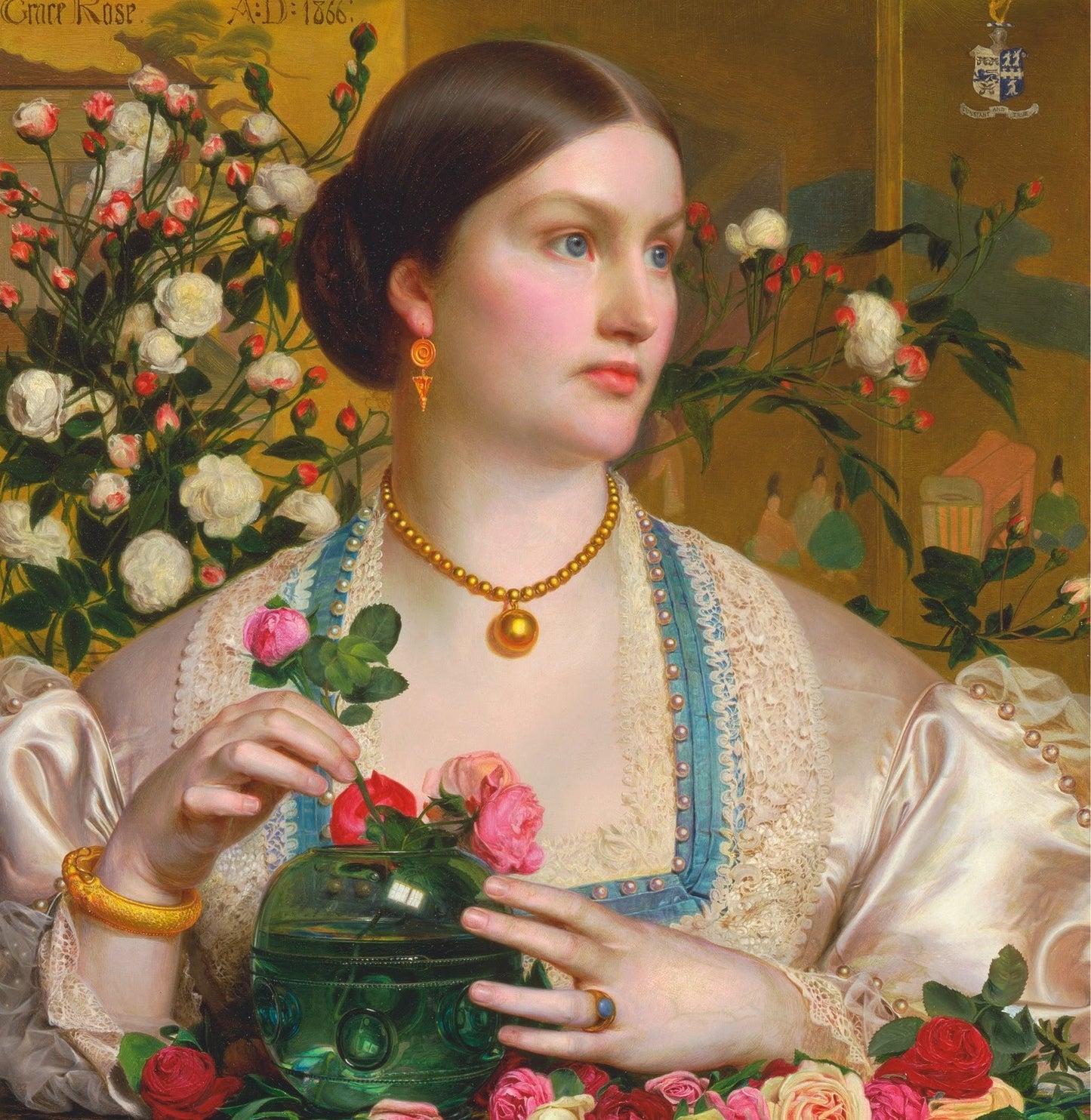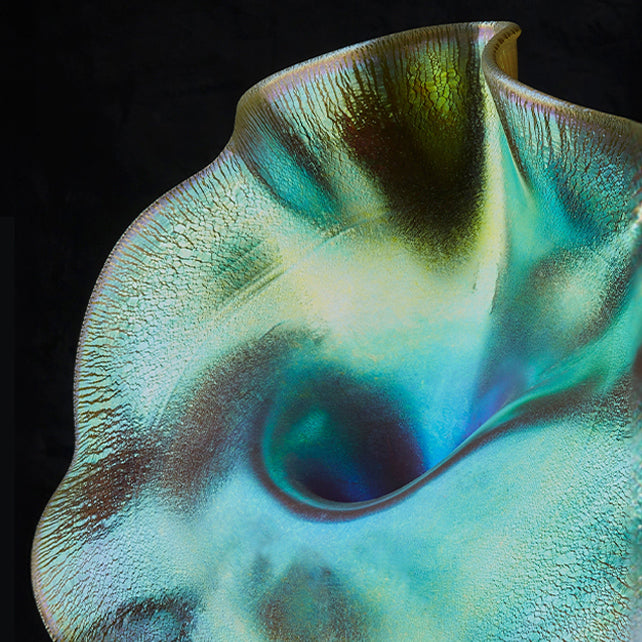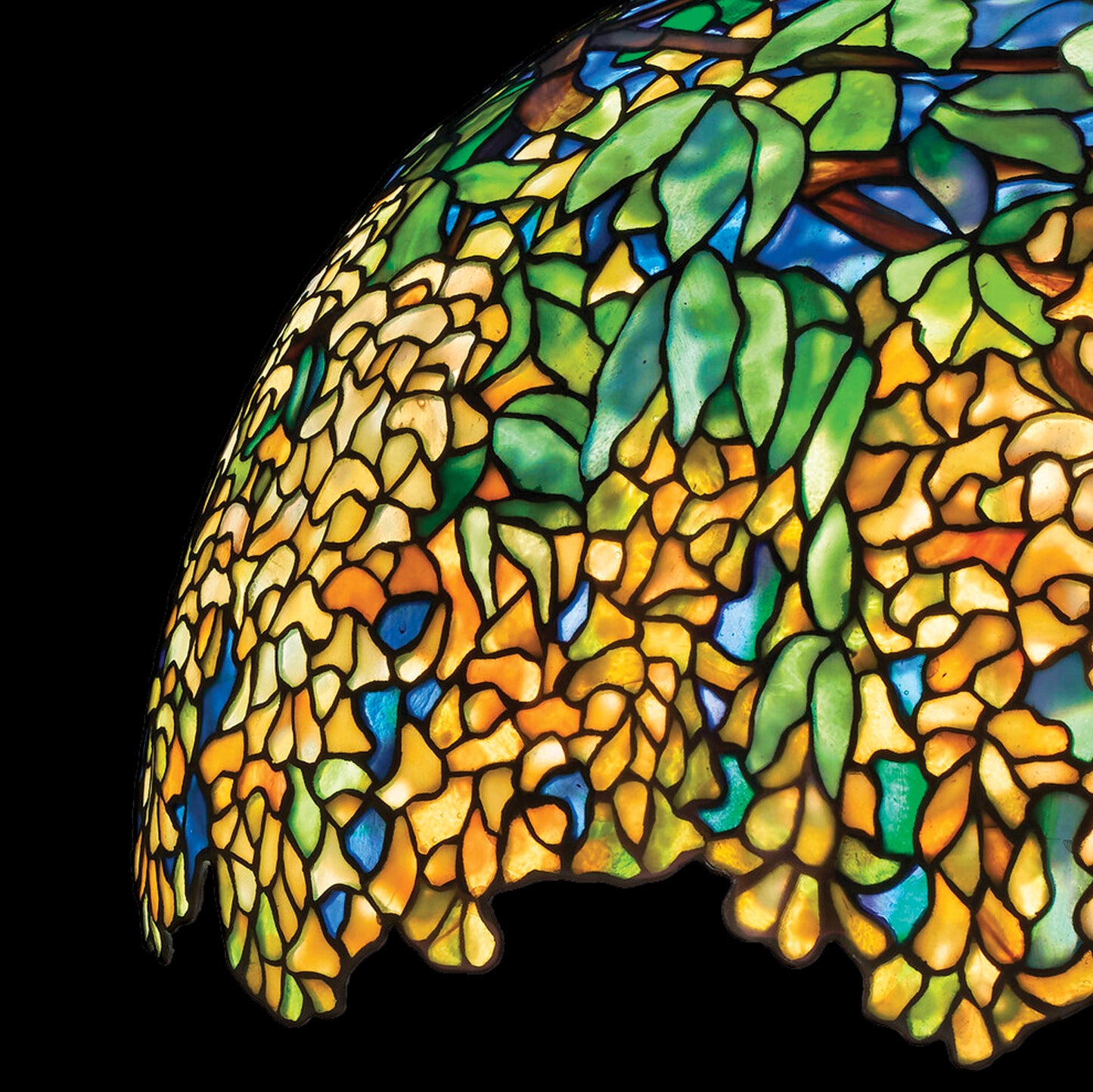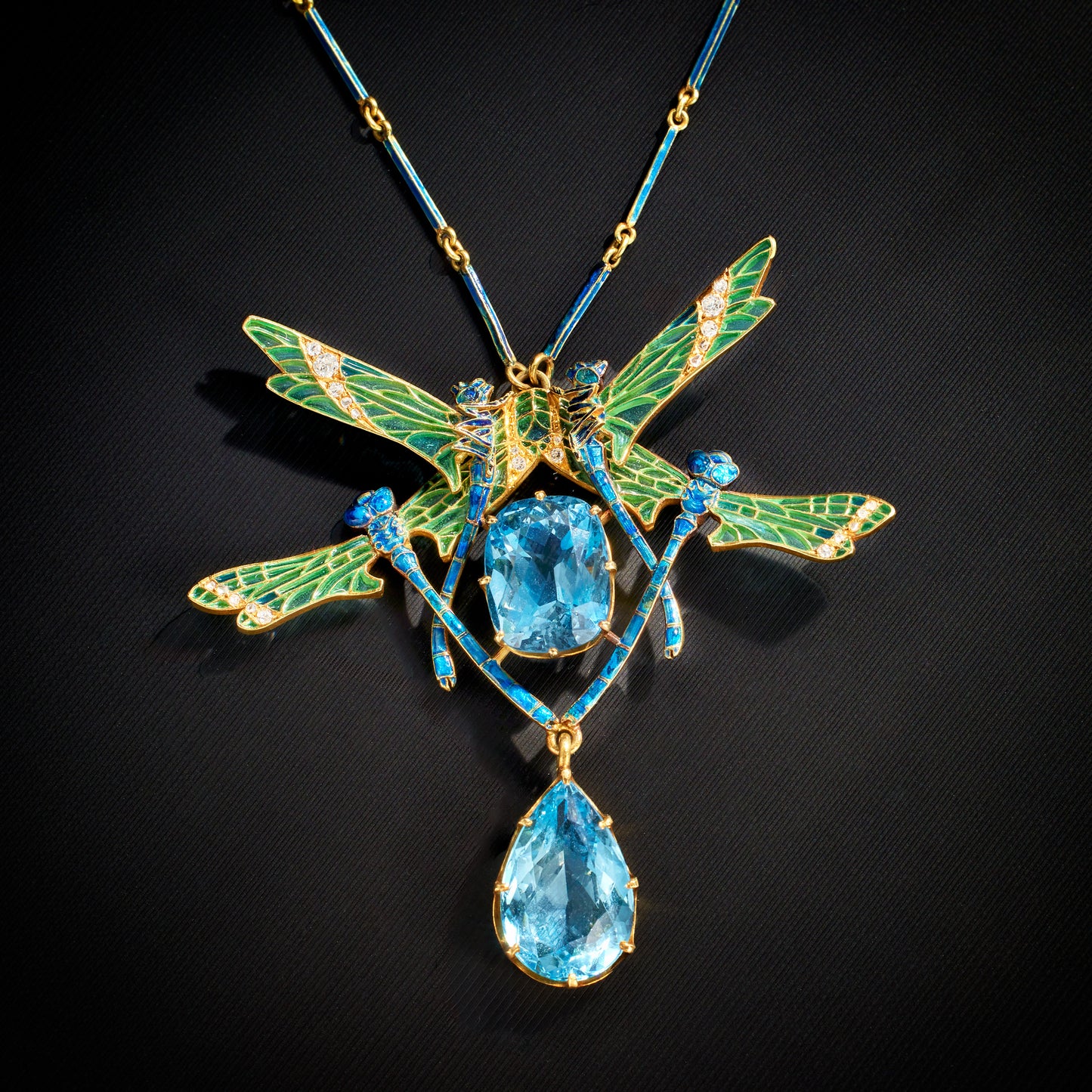Van Cleef & Arpels Indian-inspired Convertible Diamond Necklace and Pendant Earrings
Designed in the 1960s, this convertible 18K gold and diamond suite by Van Cleef & Arpels comprises a pendant necklace and day/night earrings. The 18K gold ropework necklace with detachable pendant is designed as a single dividing to double-stranded diamond rivière, sweeping to a delicate point in the center, and suspending a detachable leaf-form pendant with a flexible fringe, set throughout with round brilliant-cut diamonds. The ensuite 18K gold ropework and diamond day/night pendant earrings are each designed as an oval top suspending flexibly-mounted detachable leaf-form pendants. Beautifully-made, softly flexible, and versatile, this opulent Van Cleef & Arpels suite derives inspiration from the forms and sacred materials of India, where precious gems, gold and spirituality have synthesized to create thousands of years of jewelry art.
Item #: STE-20632
Artist: Van Cleef & Arpels
Country: United States
Circa: 1975
Size: Necklace: 17.00”; Pendant: 2.50” length x 1.25” width; Pendant Earrings: 2.50" length x 1.00” width
Materials: Necklace: 152 round brilliant-cut diamonds (approximate total weight 23.00 carats); Pendant Earrings: 82 round brilliant-cut diamonds (approximate total weight 8.30 carats); 18K gold
Signed: Earrings: Van Cleef & Arpels N.Y. 43176; Necklace: Van Cleef & Arpels N.Y. 45581; with makers mark; Style Number: 585
Item #: STE-20632
Artist: Van Cleef & Arpels
Country: United States
Circa: 1975
Size: Necklace: 17.00”; Pendant: 2.50” length x 1.25” width; Pendant Earrings: 2.50" length x 1.00” width
Materials: Necklace: 152 round brilliant-cut diamonds (approximate total weight 23.00 carats); Pendant Earrings: 82 round brilliant-cut diamonds (approximate total weight 8.30 carats); 18K gold
Signed: Earrings: Van Cleef & Arpels N.Y. 43176; Necklace: Van Cleef & Arpels N.Y. 45581; with makers mark; Style Number: 585




























